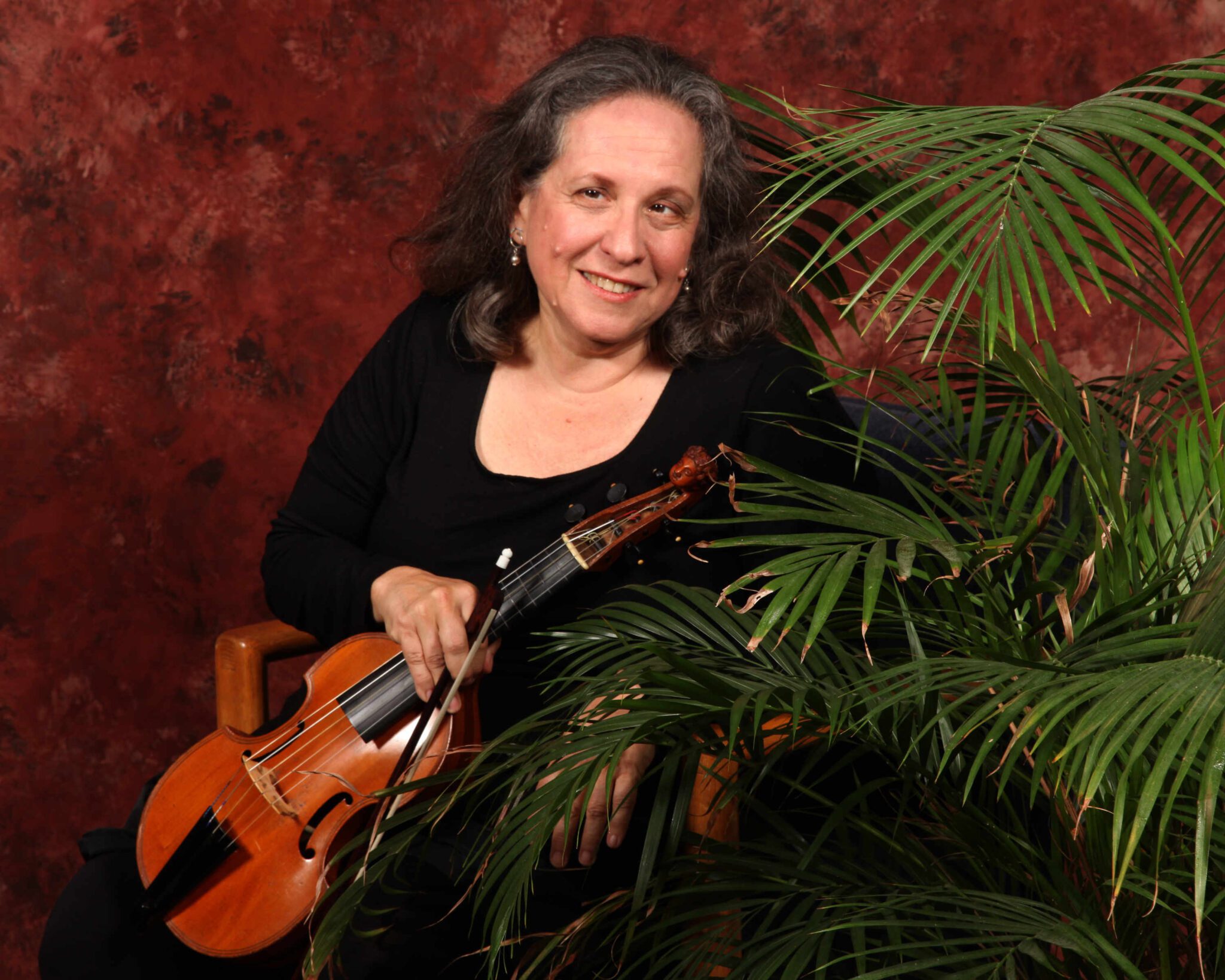Note: All submitted events must be approved before they appear in the calendar.

- This event has passed.
Songs without Words: Capitol Hill Chamber Music Festival

Tina Chancey (viola da gamba and pardessus de viole) and Jeffrey Cohan (renaissance and baroque transverse flutes) explore vocal music from the 16th through 18th centuries purely instrumentally, as was the common practice of instrumentalists of earlier times.
This program includes Renaissance two-part settings of 16th-century French songs by Pierre Regnault Sandrin, virtuoso diminutions on madrigals, selections from Giovanni Paulo Cima’s Concerti Ecclesiastici and Jan Pieterszoon Sweelinck’s Rimes françoises et italiennes for voices and instruments, examples of the luscious airs de cour of the time of Louis XIII and Louis XIV as interpreted by baroque flutist Jacques Hotteterre, and favorite Scottish and Irish airs as rendered by 18th-century instrumentalists Turlough O’Carolan and Burk Thumoth, alongside selections from “The Seasons” by James Oswald and “Les Goûts-réünis” by Francois Couperin.
The Capitol Hill Chamber Music Festival returns to Capitol Hill on September 9, 16 and 22 for the first time since the pandemic with “Baroque in Transition”, three programs of early chamber music from four centuries performed on period instruments, co-sponsored by St. Mark’s Church, with performances also in Baltimore and in Annapolis. Please see www.chcmf.org.
These 2024 programs illuminate an evolving 17th century musical perspective in Italy and France and throughout Europe in the context of the music of earlier and later centuries. “Renaissance” and “Baroque” instrumental colors were very much in flux and existed side by side, reflecting an evolving musical taste, with striking contrast as they diverged through French and Italian styles with an exchange of ideas between the two. Some instruments such as the transverse flute of the Renaissance were slower to respond to trends in vocal music as their qualities continued to suit the requirements of the instrumental composers of the day, before undergoing a rather drastic evolution physically somewhat later in the 17th century, in response to the new expectations of vocal expression.
